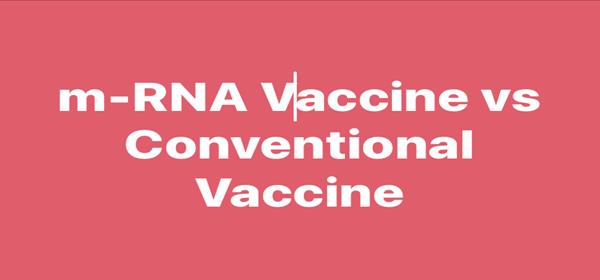With so many conspiracy theories surrounding the coronavirus vaccines, it’s natural that people feel anxious and uncertain about their safety. Unlike traditional vaccines, which are made from proteins, the Pfizer and Moderna coronavirus vaccines are made from messenger RNA (mRNA).
Because this technology is new, many people are cautious about taking it for themselves and their loved ones. Learning how mRNA vaccines work can help reduce misinformation and allow us to make informed, educated decisions.
The Basics of Biological Materials
To understand mRNA vaccines, we need to look at three key components of every cell: DNA, RNA, and proteins.
Think of a cell as a building:
- DNA is the master plan of the building.
- RNA is the blueprint and template used to make parts.
- Proteins are the actual building materials and components created from the blueprint.
Conventional Vaccines
Traditional vaccines are usually made from protein components of a pathogen, such as a virus. These proteins are carefully selected from the harmless parts of the virus. When injected, they train the immune system to recognize and defend against the real pathogen.
However, developing these protein-based vaccines is a long and complex process:
- Different proteins of the pathogen must be separated.
- Dangerous factors are removed.
- Only the “stimulant” parts—the ones that activate immunity—are kept.
- These proteins are then manufactured in large quantities (for example, flu vaccines are mass-produced in chicken eggs).
This process is safe, but it is also slow, costly, and labor-intensive.
The New Generation: mRNA Vaccines
mRNA vaccines work differently. Instead of producing proteins in a lab and injecting them, scientists inject mRNA instructions into the body. Our cells then use these instructions to make the viral protein themselves, which stimulates the immune system.
This method has several advantages:
- Faster and cheaper production – mRNA can be made in the lab without handling the actual virus.
- Safer design – no need to isolate or process pathogenic (dangerous) parts of the virus.
- More flexibility – researchers can quickly adapt vaccines if new variants emerge.
Important Points to Remember
- RNA is not DNA. RNA is only a blueprint—it does not alter the cell’s master plan (DNA).
- Fragile storage. mRNA is delicate and must be kept at extremely cold temperatures (around –70°C), making transport and distribution more challenging.
- Our bodies already handle RNA. The human body is constantly exposed to foreign RNAs from viruses such as the common cold. The immune system is well-equipped to deal with them.
- Viruses evolve. Many RNA viruses, including influenza and coronaviruses, can change over time. This means new vaccine updates may occasionally be required, just like with flu shots.
Final Thoughts
Although mRNA vaccines are new in medicine, the science behind them has been studied for decades. They represent a safe, effective, and innovative way to protect ourselves and our communities.
Vaccination remains a personal choice, but it is one of the most powerful tools we have to end the pandemic and protect our loved ones.
Better days are ahead.
Reza Parsa Nejad, PhD


